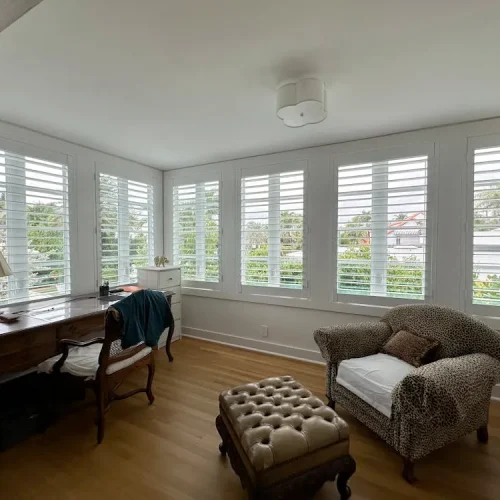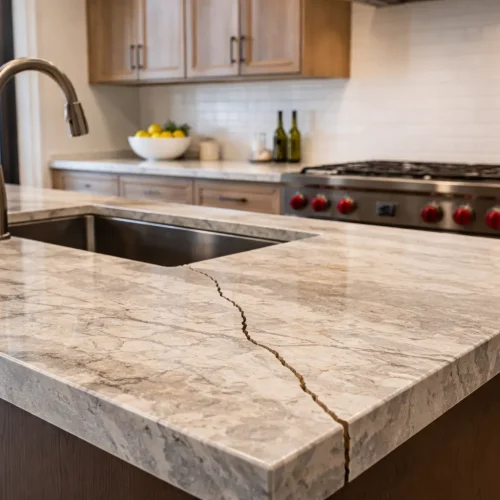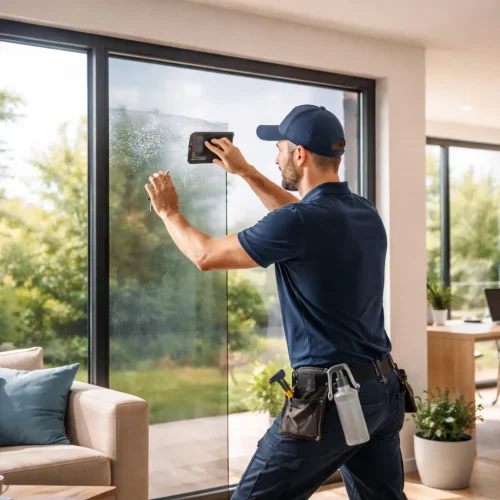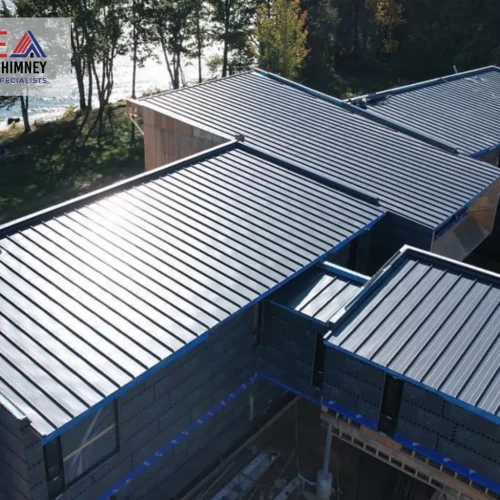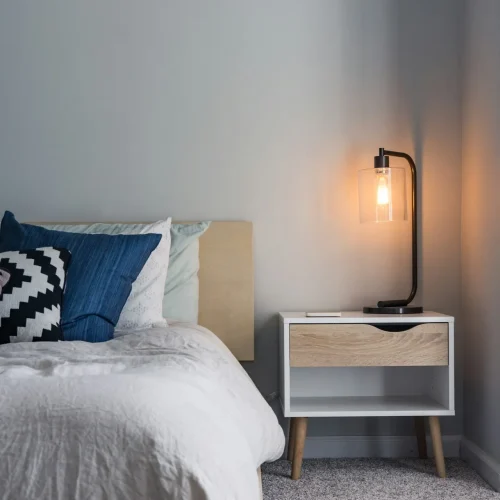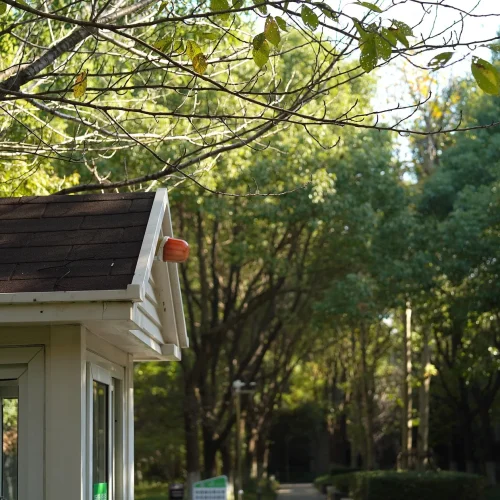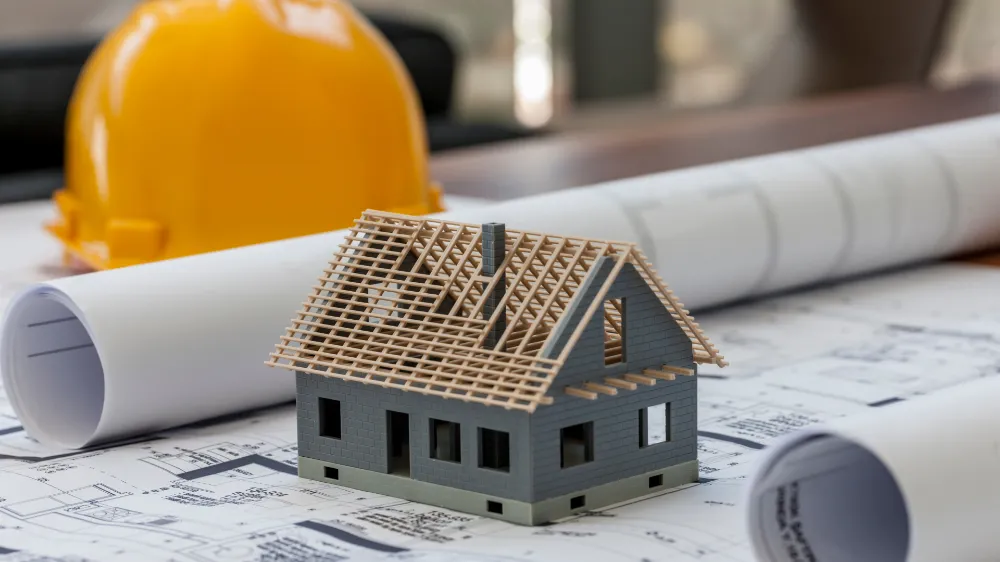
Ever walked into a home that just feels right? It’s not luck, it’s the result of smart choices made long before the paint colors and kitchen tiles. When building your dream home, the real difference comes from what you don’t always see: a solid foundation, quality materials, efficient systems, and construction done to high standards.
These aren’t small details; they’re the backbone of a home that lasts. Get them right, and you’ll enjoy comfort and peace of mind for years. Get them wrong, and you could face endless headaches and costly repairs.
Foundation and Structural Backbone: Starting From Rock Bottom
Everything starts with what’s beneath your feet. Your foundation and structural framework might be invisible once construction wraps up, but they’re holding everything together. Skip corners here, and you’ll regret it forever.
The 2021 edition of What Home Buyers Want reveals something fascinating: buyers will gladly pay $9,292 extra upfront just to save $1,000 yearly on utilities. That tells you everything about where new home construction priorities are headed—straight toward long-term value.
Getting the Ground Game Right
Soil testing might sound boring, but trust me—it’s your best friend. Clay soils? They’ll expand and shrink with every weather change. Sandy ground? You’ll need those footings to go deeper than you’d expect.
A proper geotechnical analysis spots drainage headaches before they flood your basement. Don’t even think about skipping this step. Consider it insurance against foundation nightmares that could cost you tens of thousands down the road.
Foundation Choices That Actually Matter
Slab-on-grade works beautifully in warm climates, but good luck accessing your utilities when something goes wrong. Full basements give you tons of extra space—if you don’t mind the higher upfront costs and waterproofing requirements.
Crawl spaces hit that sweet spot with decent utility access without breaking the bank. Your local weather patterns and soil conditions should drive this choice, not just what looks good on paper.
Engineering Standards Worth Caring About
Building codes set minimums, but the smartest builders blow right past those requirements. You want engineered lumber, proper spacing, and quality hardware connections that’ll laugh at whatever Mother Nature throws your way.
If you’re in tornado alley or earthquake country, ask about wind and seismic ratings. These factors, when choosing a home, could save lives when disaster strikes.
Today’s Building Materials: Not Your Grandfather’s Construction
Once you’ve nailed down your foundation strategy, material selection becomes your next big decision point. Modern building materials and construction techniques offer possibilities our grandparents couldn’t even imagine.
We’re talking unprecedented durability, efficiency, and sustainability options. Auburn, Alabama’s housing boom perfectly captures these trends. This university town combines southern charm with cutting-edge development, creating exactly the kind of environment where families and professionals want to put down roots.
For families considering new homes for sale in auburn al, these modern construction features become particularly valuable given the area’s expanding population and ongoing development trends.
Sustainable Materials That Work
Get this: 96% of builders now actively focus on performance improvements through energy efficiency, water conservation, healthier indoor environments, resilient design, and green site development.
This isn’t some niche trend anymore—it’s mainstream.
Spray foam insulation costs more initially but delivers dramatic energy savings. Advanced framing uses less lumber while maintaining rock-solid structural integrity. Smart moves that pay dividends for years.
Construction Method Showdown
Stick-built construction offers maximum customization but eats up time and money. Modular homes deliver consistent quality with lightning-fast completion times.
Prefab components eliminate weather delays and reduce material waste. Each approach involves trade-offs in cost, timeline, and customization flexibility. You’ll need to weigh these carefully based on your specific priorities.
Climate-Smart Material Selection
Southern humidity demands different solutions than northern freeze-thaw cycles. Moisture-resistant sheathing prevents rot issues, while impact-resistant shingles handle severe weather like champs.
Your local climate should influence every material choice from foundation components to exterior finishes. What works perfectly in Arizona might fail miserably in Alabama’s humid summers.
Home Systems: The Invisible Comfort Creators
Superior materials create your home’s shell, but internal systems determine whether you’re comfortable every single day. HVAC, electrical, plumbing, and insulation planning during construction prevents expensive retrofits later.
HVAC Sizing: Bigger Isn’t Always Better
Oversized systems cycle on and off constantly, wasting energy and creating temperature swings. Manual J calculations determine proper sizing based on your home’s unique characteristics.
Target SEER ratings of 16 or higher for cooling efficiency. Variable-speed equipment costs more upfront but delivers superior comfort and lower bills month after month.
Electrical Planning for the Future
200-amp service handles most homes comfortably, but larger properties might need 400 amps. Think ahead: electric vehicles, solar panels, smart home devices—they’re all coming to your driveway sooner than you think.
Structured wiring systems support future technology upgrades. These home buying tips prevent expensive retrofitting when your tech needs evolve.
Plumbing Layout Strategy
Centralized plumbing reduces material costs but limits fixture placement flexibility. PEX piping offers better flexibility and freeze resistance compared to traditional copper.
Proper water pressure regulation protects your fixtures and ensures consistent performance throughout the house. Don’t overlook these house construction considerations—they impact your daily comfort in ways you might not realize until something goes wrong.
Insulation: The Thermal Blanket You Never See
Higher R-values reduce energy costs but add construction expense. Your climate zone sets minimum requirements, but exceeding them often pays for itself quickly.
Continuous insulation eliminates thermal bridging through framing. Air sealing matters just as much. Gaps and cracks waste more energy than inadequate insulation ever could.
Building Your Professional Dream Team
Your home’s ultimate success depends entirely on selecting and managing the right construction professionals. The expertise and reliability of your contractor, architect, and specialized trades determine whether your vision becomes reality or turns into a nightmare.
Contractor Selection Strategy
Research potential contractors thoroughly, checking references from recent projects. Licensed, insured contractors protect you from liability while ensuring professional standards throughout construction.
Local contractors understand regional codes and weather challenges better than outsiders. They’ve also built relationships with reliable subcontractors and suppliers—connections that benefit your project directly.
Communication During Construction
Regular progress meetings catch small issues before they become major headaches. Written change orders document all modifications, preventing disputes that could derail your project.
Photo documentation tracks construction progress and identifies potential problems early. Clear communication expectations from day one reduce stress for everyone involved in your project.
Your Construction Questions Answered
Improper grading and drainage top the list, followed by concrete shrinkage cracks, wood flooring separation, incomplete details, missed paint spots, dirty ductwork, plumbing errors, and incorrect appliance installation.
Framing typically represents the highest single cost, requiring extensive materials and skilled labor. This structural stage requires precision and high-quality materials, making it a significant budget consideration.
Most custom homes need 4-6 months once construction begins, though weather delays and change orders often extend timelines. Modular homes complete faster thanks to controlled factory conditions.
Your Construction Success Roadmap
The construction choices you make today echo through decades of homeownership. From foundation integrity to system efficiency, every decision shapes your daily experience and long-term costs.
Don’t let complexity paralyze you, focus on builders who demonstrate real expertise in these critical areas. When you get construction right from the start, you’ll enjoy the rewards of quality craftsmanship every single day you call that house home.


